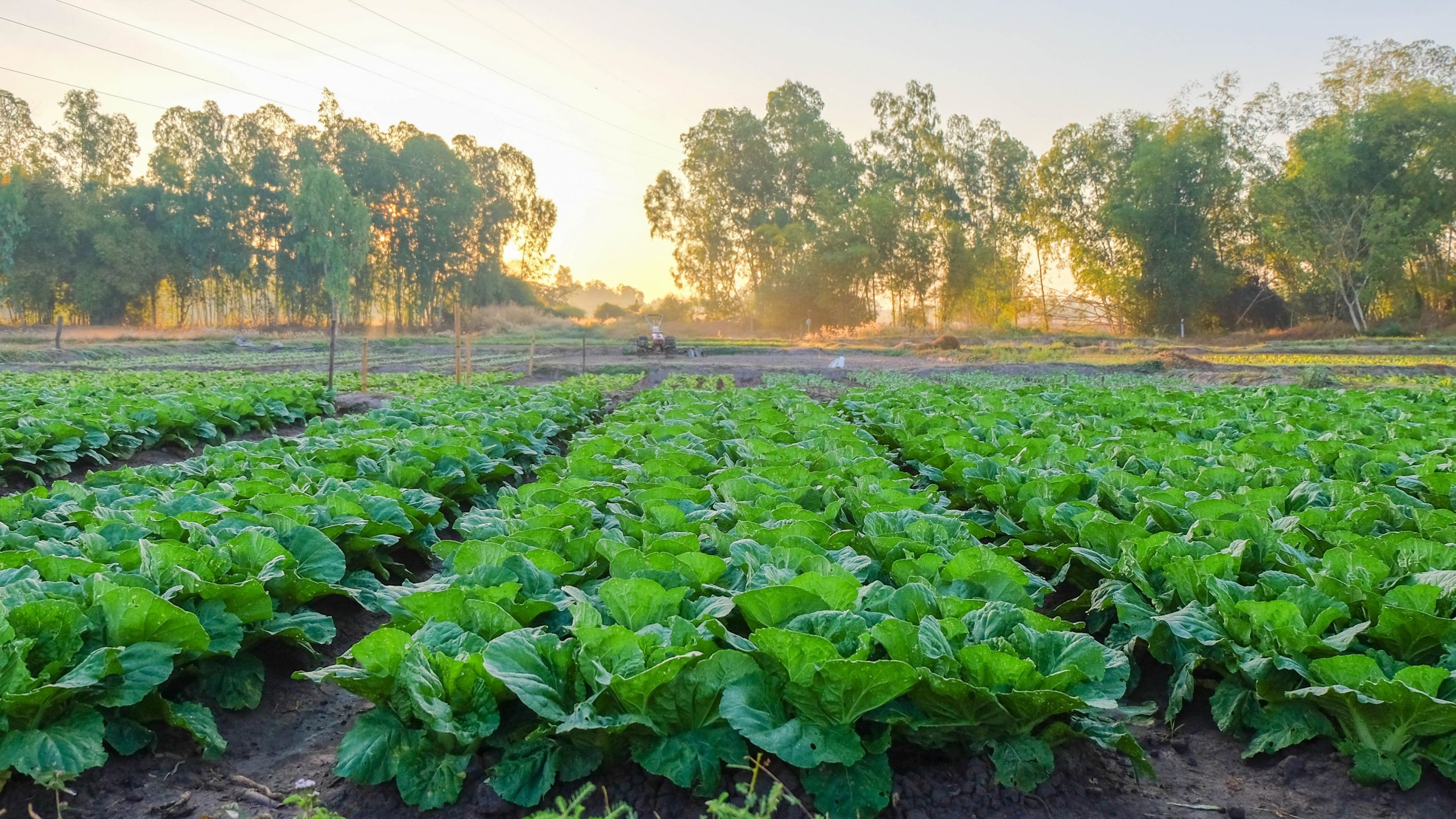Building sustainability into food production

When the United Nations adopted its 17 Sustainable Development Goals (SDGs) in 2015, one of the biggest changes from what had come before was that for the first time, businesses became key stakeholders. This means that different sectors of the economy – and indeed individual businesses within each sector – are being increasingly expected to play a part in building sustainability across a wide variety of target areas. Amongst the 17 goals are such targets as ‘Zero Hunger’, ‘Responsible Consumption and Production’, ‘Life on Land’ and ‘Industry, Innovation and Infrastructure’ – all of which have a direct impact on agriculture and food production.
The goals specifically call for the integration of sustainability performance information in standard reporting cycles. The food sector is under closer scrutiny than most when it comes to sustainability, so this new framework for reporting on performance against sustainability challenges is one which cannot be ignored by businesses working within it.
In a recent publication by of the University of East Anglia, Professor Andrew Lovett explains that in regions where agriculture is a major part of the economy, many of the most important sustainability challenges ultimately revolve around the use of land.
He argues that greater demand for low-carbon sources of energy has implications for land use, and that the challenge is to balance food production, energy generation, provision of wildlife habitats and recreation facilities – and he points out that the UK currently imports 60 per cent by value of its food, and any increased protectionism would inevitably require a shift in land-use priority towards agricultural production.
“Managing land use to integrate social and environmental considerations in the long-term is at the heart of attaining sustainability objectives,” he says. “Evaluating options to achieve such integration needs to examine spatial variations and relationships at scales from the local to the global.”
Alongside such land-use challenges come the simple fact that feeding the world in the future will itself become a bigger challenge, given that intensive agriculture is one of the biggest contributors to climate change and environmental pollution. As ‘Zero Hunger’ is goal number two in the UN’s Sustainable Development Goals, this dichotomy, and how the food production sector tackles it, is one of the biggest challenges when it comes to making our sector sustainable.

Professor Arjan Verschoor of the School of International Development at the University of East Anglia argues that the solution cannot be local – it has to be global, and more than that, globally inclusive.
He cites the example of the 33 million smallholder farmers in Africa – 80 per cent of all farmers on the continent – who lack good agronomic advice, do not have access to reliable agricultural inputs (and don’t have the cash or credit to access them even if they did), and are threatened by disease, climate change and ‘predatory governments’.
“Sustainable development may be within reach when it includes marginalised and forgotten people, people whose wellbeing turns out to be crucial for the wellbeing of us all,” says Prof Verschoor.
If all of this seems distant and too far-removed for individual food production businesses, that is not a reason to ignore the sustainability issue. As Suffolk brewer Adnams has demonstrated, taking the lead on sustainability can have profound commercial business benefits alongside the environmental ones – and can be the catalyst for wider change across the sector.
More than a decade ago, Adnams put in place a set of social and environmental values which it wanted to abide by. These were not just words: a brand new and incredibly innovative distribution centre followed, sustainable in just about every way; the brewery itself was renewed, with new processes which (for example) capture steam and thus more than halved the amount of water required to make each pint of beer; making bottles more lightweight has significantly reduced carbon emissions from distribution. The list goes on.
“Being able to measure the environmental impact of what you do is critical,” says Adnams chief executive Dr Andy Wood. “When we started talking about what we were doing, we had supermarket chains and pub retailers beating a path to our door.
“We were suddenly having different conversations with these powerful retailers into that environmental best practice space. It’s been a win-win-win – a win for the industry, a commercial win for us and a win for the environment.”
The food sector faces many more sustainability challenges, not least in the realm of packaging, with a burgeoning consumer backlash against plastics making this a priority focus. We have all absorbed Sir David Attenborough’s powerful message on this subject, and it shows that pressure on the sector about sustainability can come from a variety of sources, from the United Nations right down to the individual consumer.
What is clear is that finding a way to balance the commercial imperatives of every business with the (sometimes conflicting) sustainable development goals we all face is one of the biggest challenges facing our sector. There are innovators out there who are showing it can be done – now that thinking needs to become mainstream.



